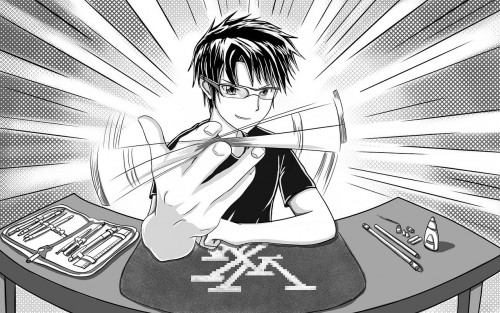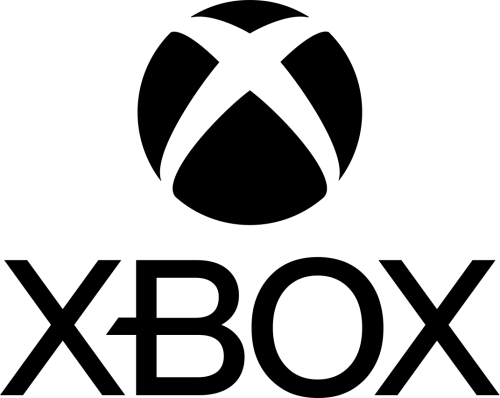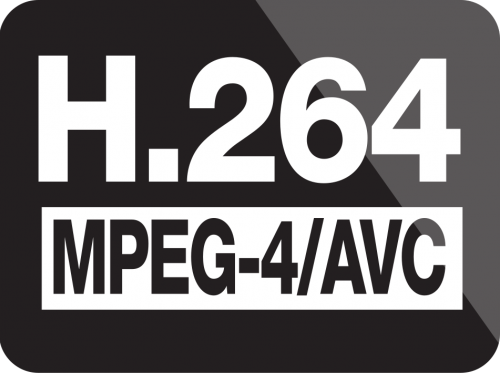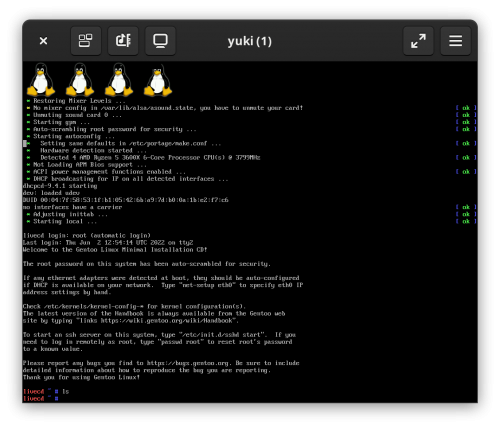Bill Gates is asked if he understands what is meant by the phrase "Non-Microsoft Browser".
Copyrights and Trademarks are two entirely different things, but they are both referred to as “intellectual property”. I am not a lawyer, but I do know enough to distinguish the two of them. I think everyone should, as it seems an often misunderstood topic.
So, here’s the short version.
Save the Date is one of my favourite games, and it has been for a long time. I first played it in 2013 and I recently replayed it last month. I love it even more. It only takes an hour or two to finish, so it’s not a big commitment. And it’s completely free! Give it a shot. Happy 10th birthday, Save the Date!
The GNU Project was started in 1983. Today is the 40th anniversary of the first public announcement of GNU. If you aren't familiar with the project, their goal was simple, if highly ambitious. It was to "create an operating system composed of entirely free software". Today, we have several options for completely free operating systems, like GNU Guix, PureOS, and Hyperbola.
But we don't call these operating systems "GNU"—aside from GNU Guix, anyway. We call them "Linux". Why is that? When did we go from The GNU Operating System to Linux?
Let me take you through the history, one step at a time.
If you don’t know what “scanlation” is, allow me to remedy that. Let’s talk about it as it applies to Japanese manga. It’s the process of taking a physical manga volume, scanning it to bring it into the digital realm, and then translating the digital version of the manga. Although, the translation part doesn’t always happen. Sometimes it’s just about getting a digital version.
This article is not intended to be a guide to the very involved process of scanlating manga; just an overview. I want to give you an idea of all the work that goes into scanlating manga. And I’m going to tackle it from the perspective of an unauthorised scanlation team, rather than from the perspective of an authorized scanlation team.
Turns out, the problem is quite different. The PC owner is a good guy. He's working with us to prevent his PC from being attacked. [...] Microsoft [...] is working with the PC owner to fight the bad guys.
On the Xbox, the owner is the attacker. The customer who goes to the store to buy the Xbox.
Derek Buitenhuis is the senior principal video engineer at Vimeo, although he's been deeply involved with ffmpeg and VideoLAN (among other open source projects). Derek talks about how the only stakeholders really interested in next-generation video codecs like AV1 or VVC (and even last-gen like VP8/VP9 and HEVC) are megacorporations or people actually involved in developing the standards themselves. Derek's argument is that the bandwidth savings you get with extra efficiency aren't that great compared with the other costs you have to pay; H.264 is good enough for most people and businesses today.
I’m trying to write an app with React Native because that’s the only sane way to write most cross-platform apps these days. You write it once and it works on iOS and Android, in the same way most modern Graphical Toolkits work on all desktops.
But you can’t compile an app for iOS without macOS. And that's not all. This article details all the ways Apple makes app development hard.
DaVinci Resolve ought to be the no-brainer choice for working with video on Linux. Not only is it a great NLE, it’s the most advanced color grading tool in existence. Almost all the features are completely free. Even if you need features from the Studio edition, it’s astonishingly cheap to obtain a lifetime license you can move around to any computers, and continue to receive all major updates, forever.
So, what’s the catch? Let’s talk about it…
This guide will teach you how to create and manage a VM in KVM using virt-install, virsh, and virt-viewer, which all make use of libvirt. For a beginner's guide and introduction to libvirt and virtualisation concepts, and why you would even want to use libvirt instead of, say, Virtualbox, see: https://jamesnorth.net/post/qemu-guide
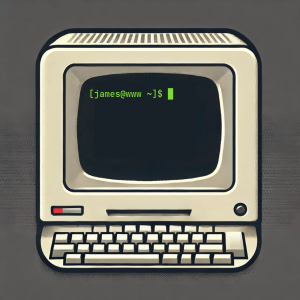
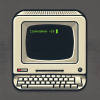
![what-is-a-non-microsoft-browser - [00:00:18.318]v1.jpg what-is-a-non-microsoft-browser - [00:00:18.318]v1.jpg](/uploads/media/news/0001/01/thumb_56_news_big.jpeg)
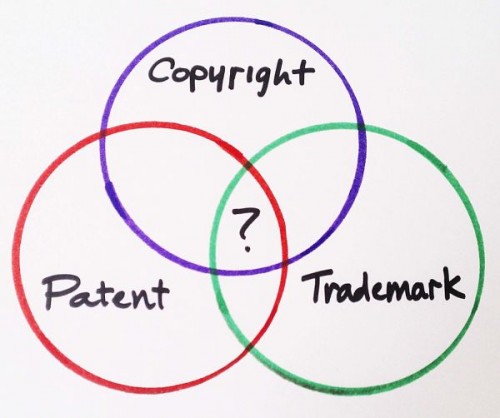
![Save The Date - Teaser - [00:00:37.605]v1.jpg Save The Date - Teaser - [00:00:37.605]v1.jpg](/uploads/media/news/0001/01/thumb_54_news_big.jpeg)

